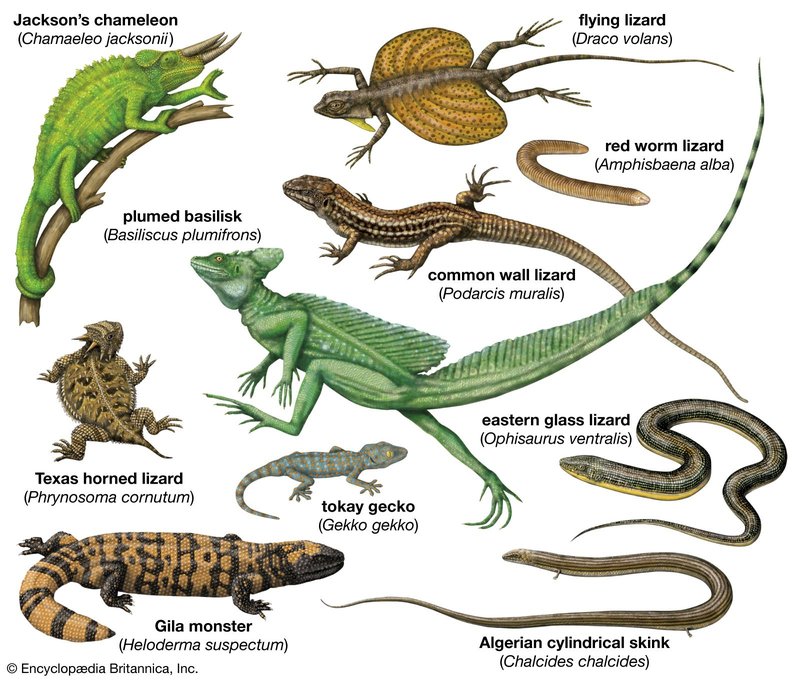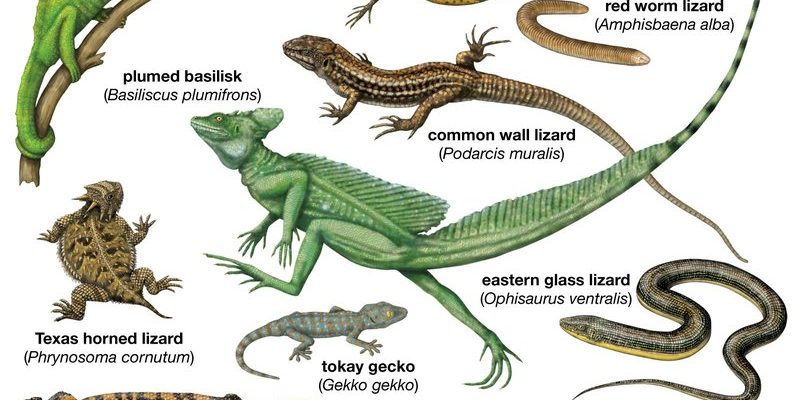
In this article, we’ll dive into the fascinating world of lizard adaptations and explore the clever tricks these reptiles have up their sleeves—like their ability to blend into their surroundings or lose a tail to escape danger. Unlike a universal remote that struggles to sync with multiple devices, lizards have fine-tuned their adaptations to meet the demands of their specific environments. So grab a coffee, and let’s take a closer look at how these remarkable creatures survive in the wild.
Camouflage: Blending Into the Background
One of the most impressive adaptations that help lizards survive is their ability to camouflage. Camouflage allows these reptiles to blend seamlessly into their environment, making it hard for predators to spot them. Imagine wearing a super-holiday-themed outfit at a serious business meeting—most likely, you’d stand out like a sore thumb! Lizards, on the other hand, wear colors and patterns that match their surroundings, whether it’s the sandy deserts or lush green forests.
For instance, the chameleon is famous for its color-changing abilities. When faced with a threat or when trying to communicate with another chameleon, it can shift its colors to match its surroundings or display vibrant hues. This not only provides protection but also helps them attract mates. Isn’t that clever? Other lizards, like the common gecko, sport earthy tones, allowing them to hide on tree bark or in rocky crevices.
Tail Autotomy: A Life-Saving Trick
Another fascinating survival tactic is tail autotomy, or the ability to shed their tails when threatened. Picture this: you’re trying to escape a tight situation, and you leave behind a piece of yourself to distract your pursuer. Sounds wild, right? But that’s exactly what some lizards do. When a predator grabs their tail, the lizard can release it, allowing them to escape while the tail continues to wiggle, drawing attention away from the lizard itself.
Many species, like the green anole, can grow back their tails over time. Though the new tail may not be as pretty as the original, it’s a small price to pay for survival. This remarkable regeneration ability serves as a built-in safety net, ensuring that even if danger comes calling, these lizards have a fighting chance.
Unique Feet for Climbing and Running
Ever tried to climb a tree without the right grip? It’s tricky! Thankfully, lizards have adapted their feet to become real climbing pros. Many lizards, like the Anolis species, have specialized toe pads that allow them to grip smooth surfaces with ease, enabling them to escape predators and hunt for insects high in the branches.
In contrast, some lizards are built for speed. The spiny lizard features powerful legs and sharp claws that provide traction on sandy or rocky terrains, making them swift runners. Their body shape and agility allow them to dodge threats quickly, leaving predators in the dust. Honestly, it’s a bit like watching a well-trained athlete in action—their bodies are perfectly designed for their sport of survival!
Desert Adaptations: Surviving in Harsh Environments
When you think of a lizard, you might picture it basking in the sun, but many lizards call harsh deserts home. They’ve developed fascinating adaptations to thrive in such extreme conditions. For example, the horned lizard has evolved a body that can absorb sunlight efficiently, maintaining its body temperature without overheating.
Additionally, these lizards have specialized diets that allow them to get moisture from their food, reducing their need for water. The desert iguana can eat flowers and plants that contain water, allowing it to survive long stretches without rain. This ability is crucial; in deserts, a little ingenuity goes a long way!
Dietary Adaptations: Omnivores and Insectivores
Lizards are not picky eaters, and this adaptability in their diets helps them survive in different environments. Many lizards are omnivores, meaning they munch on both plants and animals. This adaptability is vital because it allows them to take advantage of whatever food sources are available.
For instance, a blue-tongued skink will eat fruits, vegetables, and insects alike, making it less likely to go hungry. Some species, like the green iguana, are primarily herbivores, feasting on leaves and fruits. Others, like the common house lizard, are more insectivorous, quickly snapping up crickets and flies. By having diverse diets, lizards can thrive in various ecosystems, whether it’s a verdant rainforest or your backyard.
Behavioral Adaptations: Smart Strategies for Survival
Lizards are clever little creatures, and their behavioral adaptations are just as important as their physical traits. Take the basking habit—many lizards will sunbathe on rocks or branches to raise their body temperature, which is essential for their metabolism. This behavior is particularly common in cold-blooded reptiles, where body temperature impacts energy levels and activity.
Moreover, many lizards have developed social behaviors to avoid conflict and strengthen bonds with others. For example, the collared lizard will display bright colors and perform push-ups to establish territory and attract mates. This visual display is a great way to communicate without having to engage in fights.
In the grand tapestry of nature, lizards are remarkable survivors. From their clever camouflage and regenerative tails to unique climbing abilities and adaptable diets, these reptiles showcase a wide array of adaptations that have evolved over millions of years. When you look at a lizard, you’re not just seeing a simple reptile; you’re witnessing the brilliance of evolution at work.
So, the next time you spot a lizard basking in the sun or darting across the ground, take a moment to appreciate just how well-equipped it is for survival. These little creatures are a testament to the power of adaptation and resilience in the natural world. Let’s continue to learn about and protect these fascinating beings that play such an important role in our ecosystems!

